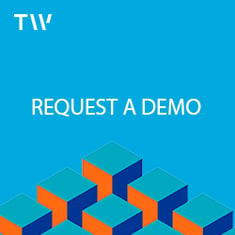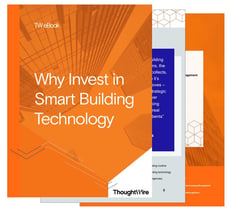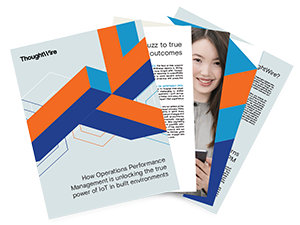“Unemployment is low. The economy is strong. And it’s harder than ever to attract high-quality job candidates,” say a report by Monster.
If you’ve tried to recruit or retain top talent recently, this probably isn’t news for you.In fact, for employers these days, the outlook is bleak. According to a Monster report:
- 62% of recruiters say their job is more difficult today than it was a year ago.
- 59% say it’s more difficult to get quality candidates than it was a year ago.
- The number of job openings is the highest it’s been in the last 17 years.
Currently, there are a lot of open job opportunities, but only a small handful of workers to fill them. In Canada, the rate of unemployment hovered at just 5.6% in December 2018, while in the US it was even lower at 4.0% as of June 2018.
In this difficult job market, 83% of recruiters report that they’re taking a multi-solution approach to attract higher-quality candidates. They’re looking for novel ways to find a competitive advantage. A prime example of one of the avenues employers are exploring is workplace experience.
Employers can gain a competitive advantage by investing in Smart CRE Buildings that provide a memorable workplace experience. This might just be enough to tip the grueling scales of the talent war in their favour.
Let’s look at some ways that Smart Buildings can help to recruit, delight and retain star employees...
ATTRACT
Does smart office design lead to better talent?
Studies have shown time and again that money isn’t the ultimate motivating factor for job candidates choosing to sign on the dotted line of a job offer.
Instead, several factors play into a candidate’s decision. Things like the candidate feeling aligned with the values and goals of the organization. And feeling confident that the organization values and appreciates their employees. Other factors include benefits packages, career advancement opportunities and workplace flexibility.
Smart Building touch on many of these decision-points. They show that a business is invested in its people. They show that an organization fosters flexibility and promotes future-thinking values. Smart buildings also relieve employees of small, day to day annoyances that add up to happiness killers or productivity roadblocks -- like having to fumble around in your bag for your fob every morning, or having to go to lengths to book boardrooms, shared spaces, or work from home. Even things like having no control over your environmental conditions -- temperature, lighting or noise levels -- can cause aggravation.
In addition, smart buildings usually offer additional perks -- both fun and practical -- that may just be the deciding factor for a candidate when debating between two similar jobs. Let’s just say: very few people will choose rigid, stale cubicle life when given the choice between that or a modern, flexible and dynamic work environment.
DELIGHT
Can smart offices enhance employee happiness?
Workplaces that make work a desirable place to be -- both on a personal and professional level -- have a definite competitive edge over workplaces that can’t. In fact, making work life an extension of an employee’s personal life may just be the golden key to enhancing people's overall happiness.
Here are some unique things that future-thinking offices are providing to appeal to employees’ fun side:
- Flexible workspaces
- Employee lounges
- Nap pods
- Meditation rooms
- Game rooms
- Video game centres
- Pingpong tables
- Fitness facilities
- Yoga rooms
- Salons
By combining fun perk that people value, with corporate values that engage and respect employees, smart work environments can increase overall happiness levels.
RETAIN
Does smart office design improve productivity?
Studies (and logic) say yes! Here are a few examples from research that show that productivity can go up when employees are provided with a smart building to work from:
- 81% of workers have trouble concentrating if the indoor temperature is too high and 62% say that it would take 25% longer to conduct a task if the temperature is too hot, says a study by the World Green Building Council.
- Employees who are given individual control over temperature and light levels (as compared with traditional wall-mounted controls) were more engaged, found a study by Purdue University and Jones Lang Lasalle.
- 58% of people would rather have internet-of-things solutions, augmented/virtual reality tools, or AI-assisted features, rather than low tech perks, said a study by Penn Schoen Berland.
- The same survey also said that tech issues, such as broken, slow or glitchy products, are the biggest time-wasters for office workers.
By eliminating annoyances, optimizing work environments and providing an office space that employees are fully engaged in, employers can both attract and delight star employees -- and, in many cases, stop them from leaving for another job opportunity.
Have questions about how you can start your workplace experience transformation today? We'd love to hear from you.





